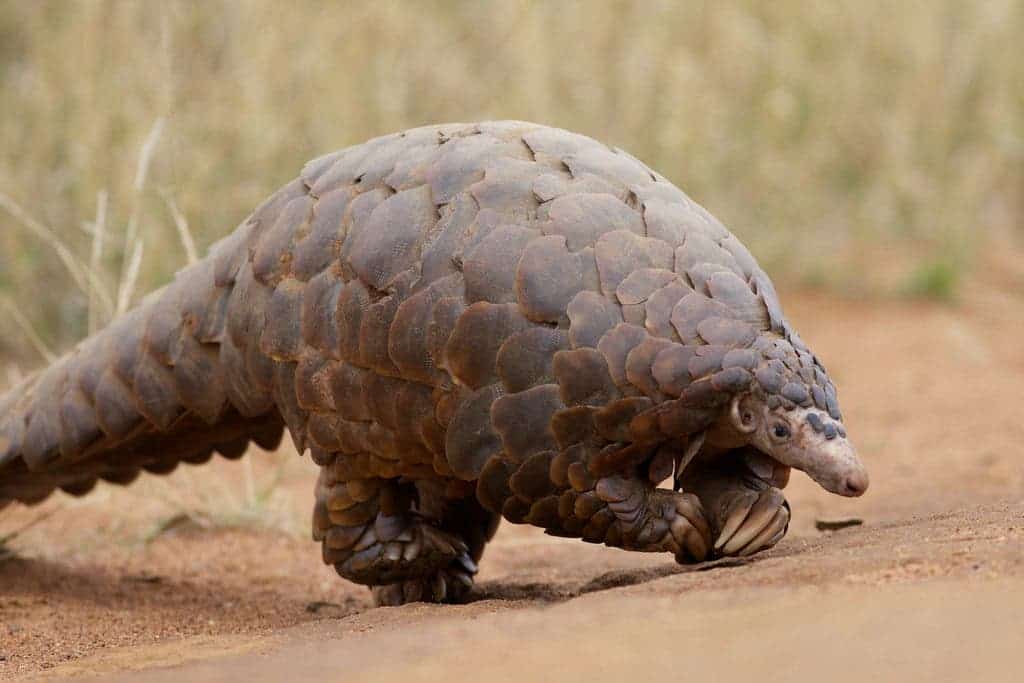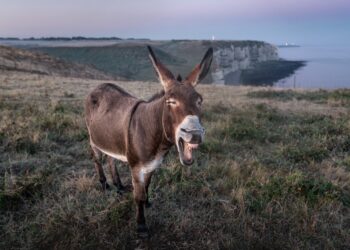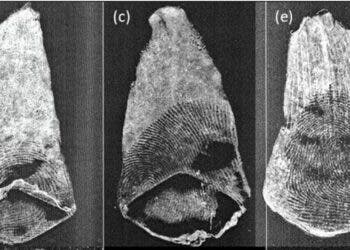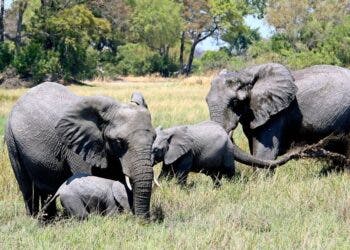Hunted by the millions each year, Africa’s pangolins are in very real danger of going extinct.

Image credits David Brossard / Flickr.
Just look at that little guy. He has to be, hands down, one of the most adorable critters evolution ever put together. It is called a pangolin — a mammal family that also has the distinction of being the most intensely trafficked and poached on the planet. Sadly, it’s not for hugs and cuddles: the meat and scales of pangolins can fetch a hefty price.
Such a price that pangolin populations in Asia have decreased drastically since the 1960s, coming perilously close to complete extinction. An international trade ban on pangolins has been announced last year, but there are concerns that black market traffickers still supply Asian markets with animals poached from Africa. With conservationist groups pushing for the ban to be more strictly enforced, solid estimates of the numbers involved in this trade are critical.
Cue Dr. Daniel Ingram from the University of Sussex. Working together with researchers in Africa, Ingram put together the first estimate of pangolin hunting levels in Central Africa.
“Pangolins have been hunted across Africa for centuries,” he told BBC News. “Because we don’t have population estimates we can’t tell if hunting for food is at sustainable levels or not.
“What we can say is that there is widespread pressure on pangolins from hunting in Central Africa, but we can’t ascertain whether hunting is at sustainable levels or not because we need biology data and population estimates.”
To get an idea of just how much pressure the family is under, the researchers gathered data from over 100 bush markets and hunting sites across 14 African countries. Based on these figures, they estimate that anywhere between 0.4 to 2.7 million pangolins are hunted annually in Central African forests.
Which is, as you may have guessed, a lot of pangolins. Overexploitation is one of the main drivers of species extinction and habitat destruction all over the world and the pangolins don’t break that rule. But the team’s efforts help paint a more detailed image of the pressures pushing this species on the way of the dinosaurs.
Knowing exactly which African regions see the most intense poaching could help direct future conservation efforts and guide the hand of governments around the world to take action and ensure the species’ continued survival. Action, which is sorely needed today, more so than ever before — as all eight species of pangolin in the world have transitioned into the ‘threatened with extinction’ class of The IUCN Red List of Threatened Species as of 2014.
The paper “Assessing Africa-Wide Pangolin Exploitation by Scaling Local Data” has been published in the journal Conservation Letters.





